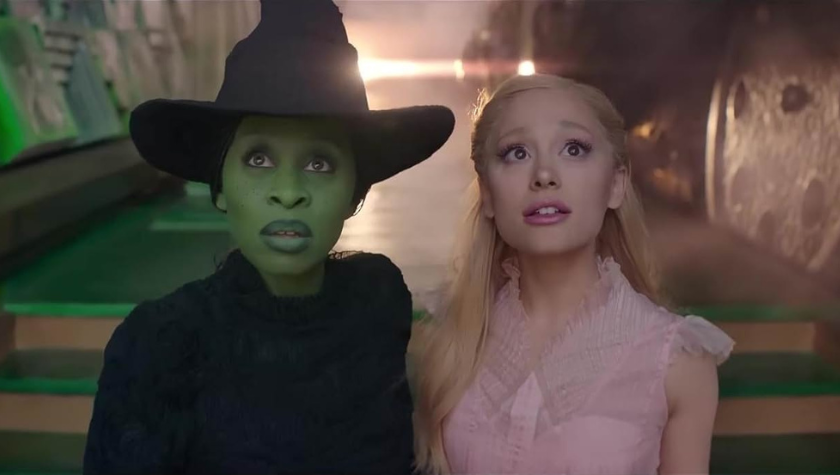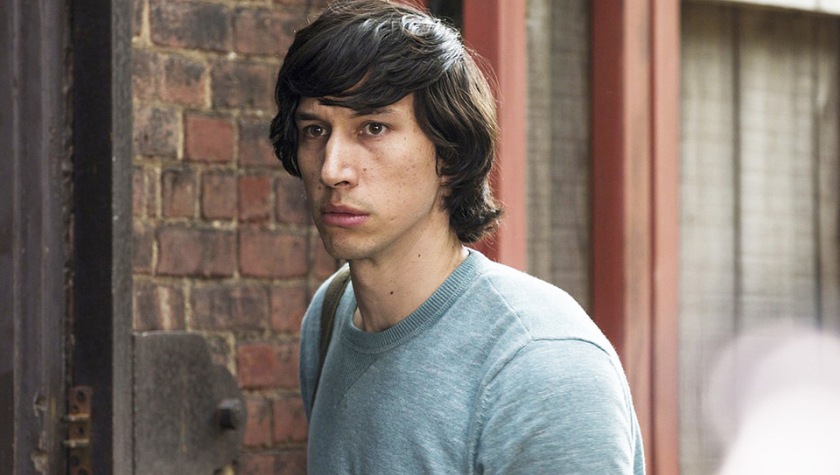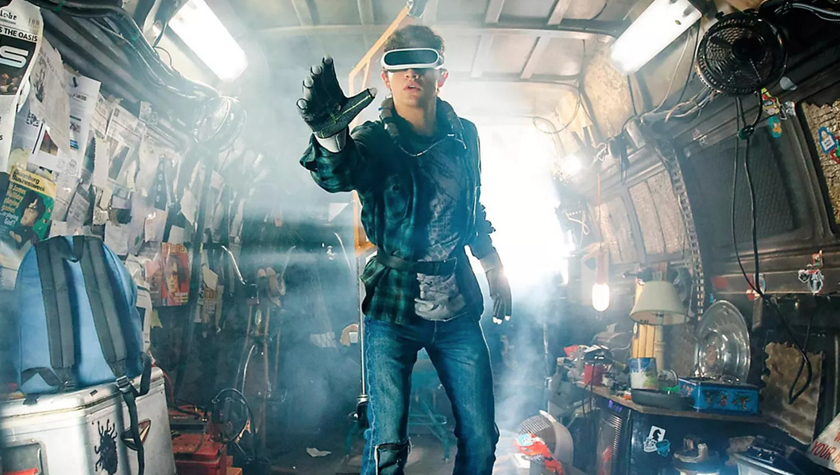5 Questions To Ask When You're Adapting
December 2, 2020
The film industry has been adapting stories from other media for as long as it has existed. While the practice is common enough, the actual adapting can be a daunting process. There are dozens of questions writers must ask and answer as they decide how to best translate a story to the big screen. If you’re wrestling with your own adaptation, here are some things to consider.
What draws people to this IP?
Adaptation is a process of choices. What do you choose to keep from the original material, and what is open to change? Examining what the core of an IP is — what makes it exciting and fresh and something audiences want to see — can help you focus on what you want to fight to preserve about the material, and what points might be flexible. Are you adapting this IP because of the specific story? Is the lead character the draw? Is there a unique aspect of the world-building that has resonated with readers? Examining what makes this particular piece of material worth adapting is important as you decide how to best tackle the adaptation.
Straight adaptation or inspiration?
Once you’ve considered the broader question of what makes this IP special, you can consider some narrower questions. Adaptations always bring with them the pressure to remain as true to the source material as possible. And when you’re adapting from a fairly concise bit of material, a one-to-one adaptation makes the most sense. Writers adapting a stand-alone book, for instance, have little reason to deviate drastically from the plot, as the story itself is likely why the book is being adapted in the first place.
But when the source material is particularly expansive or cumbersome, sometimes it’s necessary to take a step back and consider if your adaptation would work better if it was inspired by the world, rather than trying to tell every beat of the story. Some popular children’s book series, for instance, have a broad arc that spans several books, with each book a self-contained episodic story that also gradually inches the bigger arc forward. Instead of adapting each episode, focus on the big picture of where the story is going. This is particularly important to consider when writing a film adaptation, as you’ve got to tell a compelling story in roughly two hours.
Sometimes you’re not adapting a piece of IP for the specific story, but for a specific element. Focusing on that element, and allowing yourself to change other parts, might make for a better adaptation. If the central selling point of a book series is the lead character and her backstory but the plots are a bit case-of-the-week, you might be best served by creating an original story for your adaptation. If you’re adapting a video game because people loved the world, maybe create a story that taps into the unique aspects of that world, while leaving a convoluted plot to the side.
Are there storytelling devices that are crucial to translate to film?
Sometimes a story works because of the medium in which it was told, and translating the story to another medium can require some finessing. Some devices are easier to adapt than others. The Martian, for instance, had a main character who was alone on a planet; so most of his problem-solving and quips were directed at the reader, rather than put into dialogue. The adaptation translated this by having the character record videos of his exploits, giving him reason to talk out loud. Other adaptations might need to navigate unreliable narrators or a story that was told out of order, so deciding how and when to withhold information from the audience might be a key point to consider.
What are the key aspects audiences need to know about material?
This can be one of the hardest parts of an adaptation to narrow down, especially when it is based on material that is set in a wholly original world. There’s a reason more sci-fi/fantasy adaptations are moving to television, and that’s in part because it gives the room to showcase more of the world and the story. But if you’re trying to translate something to film, you have to contend with the fact that a two-hour runtime won’t give you time to spotlight everything with the same level of detail that a book does in hundreds of pages. What’s more, audiences don’t want to sit through long scenes of exposition. So what are the key bits that audiences need to know to understand the story? Who are the key players or what were formative events that led to this exact adventure? It’s easy to fall in love with the dozens of little things that make a book series great, but it’s important to make sure your screenplay is focusing on the crucial components.
Are there elements that should be updated or removed?
This can be a particularly tricky area to navigate, especially if you are trying to do a faithful adaptation of material. Sometimes material has problematic elements that might be better left behind. Are there racist or sexist parts in the book you’re adapting? If so, are those parts necessary for character arcs or story beats? Or are they simply unfortunate products of the time the book was written that don’t actually add to the story? IP can have a strong core idea hampered by viewpoints that haven’t aged well, and it might be best to update characters or themes that better reflect modern sensibilities.
There are always multiple ways to approach an adaptation and dozens more questions to consider besides the ones listed above. While it might not always be possible to be completely faithful to the original story, writers should at the very least try to be faithful to the heart of the material. There’s a reason audiences connect with certain characters and stories, and focusing on those things will help you adapt a story in a way that is true to the spirit of a project, even if some changes have to be made along the way.
Written by: Caitlin Grieve
After discovering a passion for film studies at USC, Caitlin has spent several years working in film and TV development. Most recently, she worked at Silvertongue Films where she was part of a team developing adaptations of classic Scholastic properties, including 'His Dark Materials' for HBO/BBC and 'Goosebumps 2: Haunted Halloween' for Sony.- Topics:
- Discussing TV & Film




